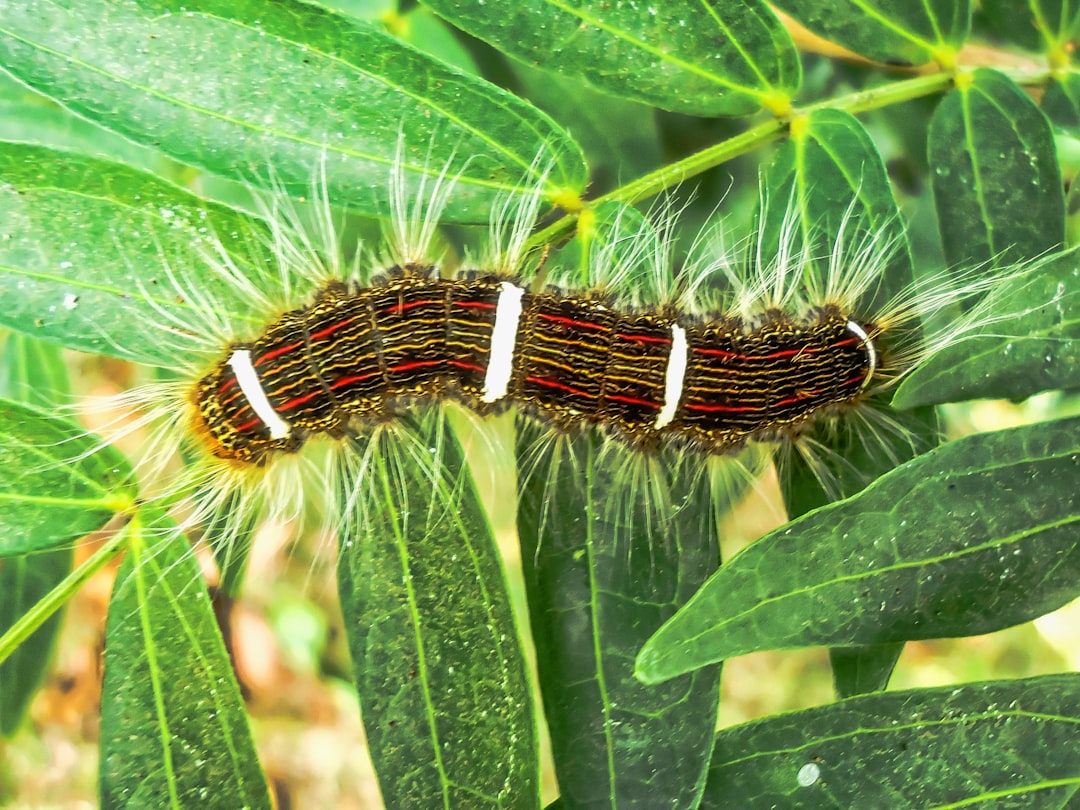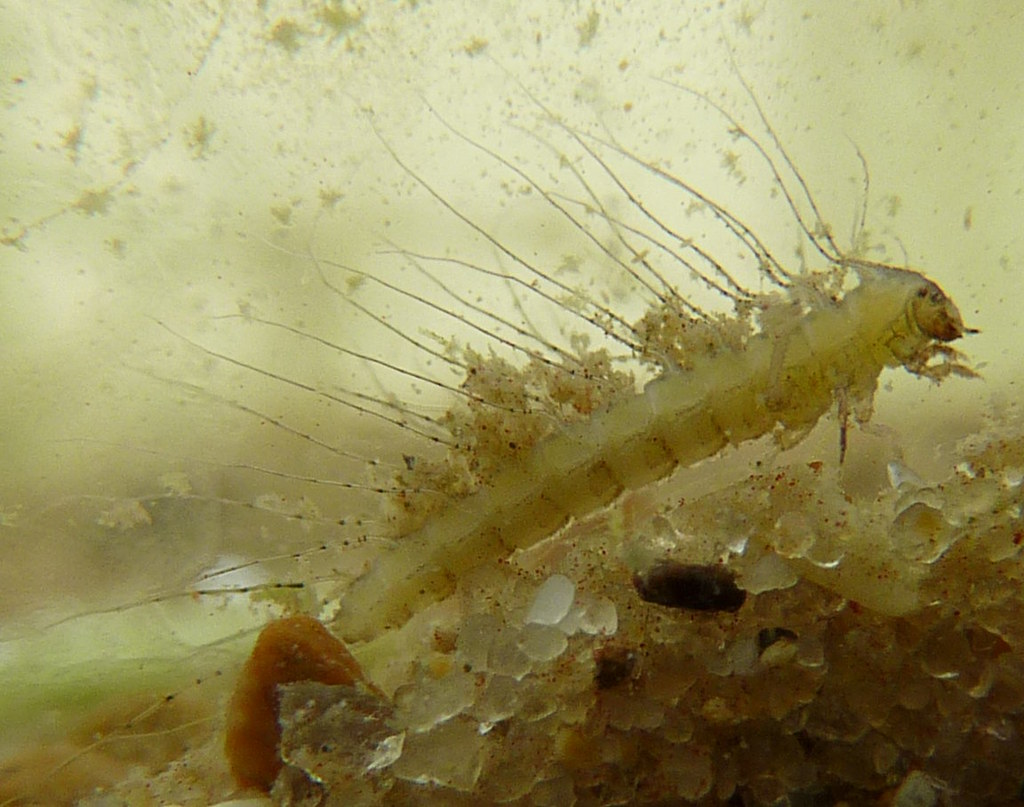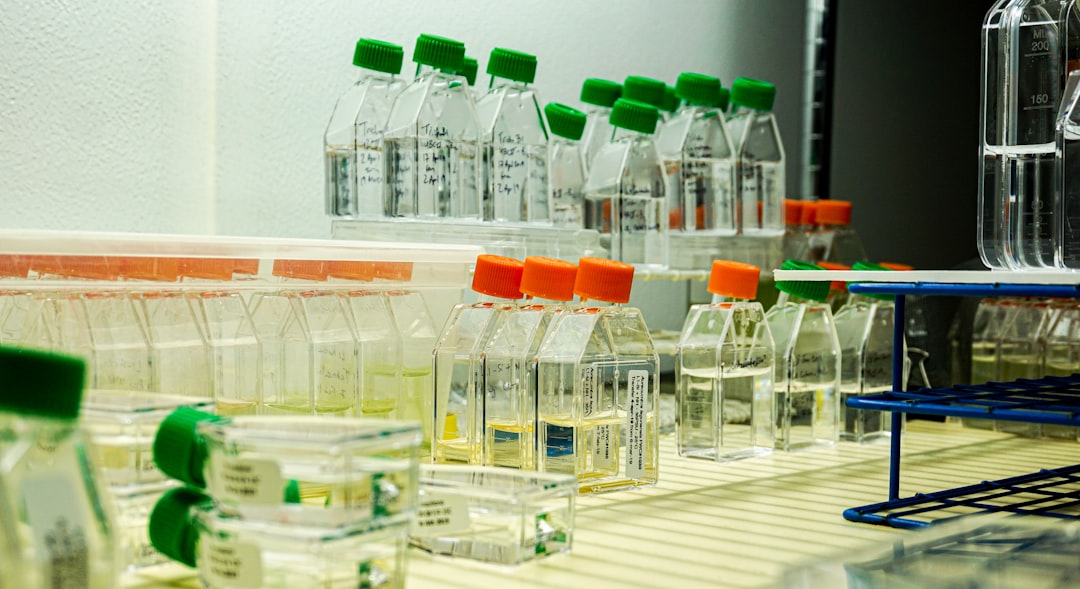Right now, as you read this, millions of insects around you are producing some of the most powerful adhesives known to science. These tiny creatures have been perfecting their glue recipes for millions of years, creating substances that can stick underwater, resist extreme temperatures, and bond materials that would challenge our best synthetic adhesives. From spider webs that trap prey with surgical precision to beetle feet that can support thousands of times their body weight on smooth surfaces, the insect world is literally crawling with sticky innovations that are revolutionizing human technology.
Nature’s Original Chemists at Work

Insects have been nature’s master chemists long before humans discovered the periodic table. Their bodies function like tiny laboratories, mixing proteins, carbohydrates, and specialized compounds to create adhesives that would make any materials scientist jealous. These biological glues aren’t just random secretions – they’re precisely engineered substances that insects produce for specific survival needs. Think of a spider’s silk glands as a high-tech manufacturing plant, complete with quality control systems that ensure each strand meets exact specifications. The fascinating part is that insects can adjust their glue formulas in real-time, making their adhesives stronger or weaker depending on what they need to accomplish.
The Molecular Magic Behind Insect Adhesives

At the molecular level, insect glues are incredibly sophisticated structures that put our human-made adhesives to shame. These natural compounds often contain proteins that can cross-link and form networks stronger than steel cables on a microscopic scale. Many insect adhesives also include carbohydrates that provide flexibility and water resistance, creating a perfect balance between stickiness and durability. The proteins in these biological glues often have unique folding patterns that allow them to stick to virtually any surface, whether it’s smooth glass or rough bark. What’s truly remarkable is that insects can produce these complex adhesives at room temperature using only water-based chemistry, while our industrial processes often require high heat and toxic solvents.
Spider Silk: The Ultimate Multi-Purpose Adhesive

Spider silk represents one of nature’s most impressive achievements in adhesive technology, combining strength, flexibility, and stickiness in ways that continue to baffle scientists. A single strand of spider silk is proportionally stronger than steel, yet it can stretch up to five times its original length without breaking. The sticky spiral threads of an orb weaver’s web contain thousands of tiny glue droplets that can capture insects flying at high speeds. These glue droplets are actually complex mixtures of proteins and glycoproteins that remain sticky even in humid conditions where synthetic adhesives would fail. Perhaps most impressively, spiders can produce up to seven different types of silk, each with its own adhesive properties tailored for specific purposes like wrapping prey or creating safety lines.
Beetle Feet: Mastering Surface Adhesion

Many beetles possess adhesive systems in their feet that would make Spiderman envious, allowing them to walk up glass walls and hang upside down from smooth ceilings. These tiny creatures use millions of microscopic hairs called setae, each tipped with even smaller structures that interact with surfaces at the molecular level. The adhesive force comes from van der Waals forces – the same weak attractions that hold molecules together – but when multiplied by millions of contact points, they create incredible sticking power. Some beetles can support over 100 times their body weight while hanging from a single foot. The most amazing aspect is that this adhesion is completely reversible – beetles can instantly “turn off” their stickiness to lift their feet and move forward.
Ant Highways: Chemical Communication Through Sticky Trails

Ants create some of the most efficient transportation networks on Earth using chemical adhesives that serve as both glue and communication system. When ants lay down pheromone trails, they’re essentially creating sticky highways that other ants can follow by taste and smell. These chemical trails aren’t just simple scent markers – they’re complex adhesive compounds that can stick to various surfaces and persist for hours or even days. The adhesive properties of these trails help ensure that the chemical messages don’t wash away in rain or blow away in wind. Different ant species produce different trail formulations, some creating stronger, longer-lasting adhesives for permanent routes to food sources, while others make weaker, temporary trails for exploration.
Caterpillar Silk: Nature’s Safety Rope System

Long before rock climbers invented safety ropes, caterpillars were using silk lifelines to navigate their dangerous world of predators and falling hazards. These silk threads aren’t just simple fibers – they’re sophisticated adhesive systems that can anchor securely to branches while remaining flexible enough to allow movement. Caterpillar silk contains unique proteins that create both strong adhesion and controlled release mechanisms, allowing the insects to rappel down when escaping danger or swing to new feeding areas. The adhesive strength is so reliable that caterpillars can hang from threads thinner than human hair while supporting their full body weight through multiple molting cycles. Some species even produce silk with antimicrobial properties, preventing bacteria and fungi from weakening their lifelines.
Honeybee Propolis: The Original Super Glue

Honeybees have been using a natural super glue called propolis for millions of years, creating one of the strongest and most versatile adhesives in the insect world. Bees collect resin from tree buds and mix it with their own enzymes to create this remarkable substance that serves as both adhesive and antimicrobial sealant. Propolis can stick to virtually any surface and remains flexible in cold weather while maintaining its adhesive strength in hot conditions. The antimicrobial properties of propolis are so effective that ancient Egyptians used it for mummification, and modern research shows it can kill bacteria and fungi that would destroy other organic adhesives. What makes propolis truly special is its ability to self-repair – small cracks in propolis-sealed joints actually heal themselves over time through chemical cross-linking reactions.
Underwater Adhesion: How Aquatic Insects Defy Physics

Creating strong adhesives underwater presents enormous challenges that aquatic insects have solved with remarkable ingenuity, producing glues that work perfectly in conditions where human adhesives completely fail. Water beetle larvae create underwater silk that maintains its stickiness even when completely submerged, using specialized proteins that repel water while attracting to surfaces. These underwater adhesives often contain hydrophobic (water-repelling) regions that create tiny air pockets, allowing the actual adhesive components to make direct contact with surfaces. Some aquatic insects produce adhesives that actually get stronger when wet, using water molecules as part of their bonding chemistry rather than treating water as an enemy. The engineering principles behind these underwater glues are now inspiring new medical adhesives that can work inside the human body.
Temperature-Resistant Insect Glues

Desert insects face extreme temperature variations that would destroy most synthetic adhesives, yet they produce biological glues that remain functional from freezing nights to scorching days. These temperature-resistant adhesives often contain specialized proteins that change their structure with temperature, becoming more flexible when hot and more rigid when cold. Some desert beetle adhesives actually use temperature changes to their advantage, creating stronger bonds in hot weather when the insects need maximum grip on sun-heated surfaces. The molecular structure of these heat-resistant glues includes special amino acid sequences that prevent protein denaturation even at temperatures that would cook an egg. Arctic insects have evolved the opposite adaptation, producing antifreeze proteins in their adhesives that prevent ice crystal formation from destroying the molecular bonds.
Biomimetic Applications: Copying Nature’s Best Ideas

Scientists and engineers are now racing to understand and replicate insect adhesives, leading to breakthrough applications in medicine, construction, and technology. Gecko-inspired adhesives based on insect foot designs are being developed for everything from reusable bandages to robot grippers that can handle delicate objects. Spider silk proteins produced by genetically modified bacteria are being spun into fibers stronger than Kevlar for military and aerospace applications. Medical researchers are particularly excited about insect-inspired glues that could replace surgical sutures and staples, potentially healing wounds faster with less scarring. The reversible nature of many insect adhesives is inspiring new types of removable tapes and temporary fasteners that leave no residue.
The Economics of Bug-Based Adhesives

The commercial potential of insect-derived adhesives represents a multi-billion-dollar opportunity that’s attracting investment from major corporations and startups alike. Companies are already producing spider silk proteins in fermentation tanks, creating materials that could replace petroleum-based synthetic fibers in everything from parachutes to medical implants. The sustainable nature of these biological adhesives makes them particularly attractive as environmental regulations tighten and consumers demand eco-friendly alternatives. Production costs are dropping rapidly as biotechnology advances allow for more efficient harvesting and synthesis of insect adhesive compounds. Some industry analysts predict that bio-based adhesives could capture a significant portion of the global adhesives market within the next decade.
Environmental Advantages of Natural Adhesives

Unlike synthetic adhesives that often contain toxic chemicals and create persistent pollution, insect-based adhesives offer remarkable environmental benefits that could help solve our plastics crisis. These biological glues are completely biodegradable, breaking down harmlessly in soil and water without releasing harmful chemicals. The production of insect adhesives requires minimal energy compared to petroleum-based alternatives, often operating at room temperature using renewable biological processes. Many insect adhesives are also non-toxic to humans and animals, making them safer for use in food packaging, children’s toys, and medical applications. The raw materials for these adhesives can be produced sustainably through insect farming or biotechnology, reducing our dependence on fossil fuels.
Challenges in Harvesting and Production

Despite their incredible potential, scaling up production of insect adhesives faces significant technical and practical challenges that researchers are working to overcome. Harvesting natural adhesives directly from insects is extremely labor-intensive and yields only tiny quantities, making it economically unfeasible for large-scale applications. Many insect adhesives are produced in specialized glands that are difficult to replicate in laboratory settings, requiring complex biotechnology approaches. The molecular complexity of these natural glues makes them challenging to synthesize artificially, often requiring dozens of different proteins and compounds working together. Quality control presents another major hurdle, as biological systems naturally produce variations that could affect adhesive performance in critical applications.
Future Innovations on the Horizon

The future of insect-inspired adhesives looks incredibly promising, with breakthrough discoveries happening regularly in laboratories around the world. Researchers are developing smart adhesives that can change their properties on command, inspired by how insects adjust their glue strength for different situations. Nanotechnology is enabling the creation of artificial setae that could give robots and prosthetics the same climbing abilities as geckos and spiders. Scientists are also exploring how to combine different insect adhesive strategies into hybrid materials that could outperform any single natural system. Gene editing techniques are making it possible to modify insects and bacteria to produce custom adhesives with precisely tailored properties for specific applications.
Conclusion: The Sticky Revolution That’s Just Beginning

The world of insect adhesives represents one of nature’s most underappreciated technological marvels, offering solutions to challenges that have puzzled human engineers for decades. These remarkable biological glues demonstrate that sometimes the best innovations come from the smallest creatures, reminding us that evolution has been conducting research and development for millions of years before we even existed. As we continue to unlock the secrets of bug glue, we’re not just learning about insects – we’re discovering new ways to build, heal, and create that could transform industries and improve lives around the world. The sticky revolution is just beginning, and the tiny creatures crawling around our feet might just hold the keys to our technological future. What other incredible innovations might be hiding in plain sight, waiting for us to notice their genius?

